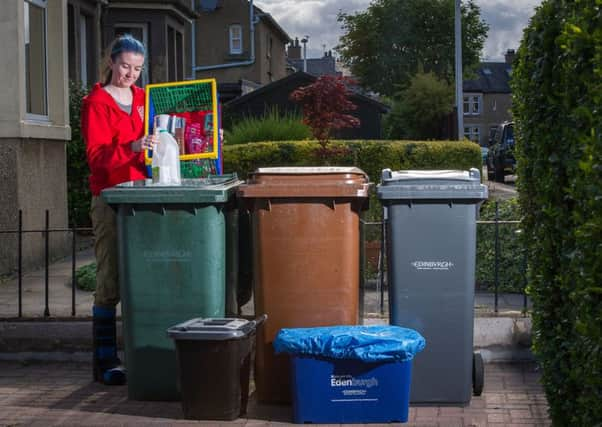Laura Tainsh: Recycling is up but still more to be done


Whilst participation in recycling is up across Scotland, the proportion of non-recyclable materials being sent for processing is limiting Scotland’s success in “sustainable” waste management.
A 2014 report by Zero Waste Scotland highlighted high levels of contamination within recyclable materials, resulting in less efficient operations at waste management facilities and an unreasonably high volume of collected materials deemed unfit for recycling and often ending up in landfill.
Advertisement
Hide AdAdvertisement
Hide AdNearly two years since the report, and many within the industry feel the situation has worsened, threatening to undermine the effectiveness of recycling and impact on sustainability targets.
Further engagement between the waste industry and consumers may help address the high levels of contamination within recycled materials. However, a greater level of clarity and consistency in how the Scottish Government regulates and administers recycling programmes could have an even greater impact.
Whilst existing European legislation is clear about the need for separate collections of recyclable waste streams, where practicable, the wording of the Scottish regulations is ambiguous. This has resulted in commingled collections becoming the preferred option of most Scottish local authorities, enhancing the potential for contamination.
A unified approach to published guidance could also be beneficial. If recycling is to deliver real sustainability benefits, clearer legislation combined with a more unified and consistent approach from those operating at all levels across the industry will be essential.
• Laura Tainsh is a partner and waste management specialist at Davidson Chalmers